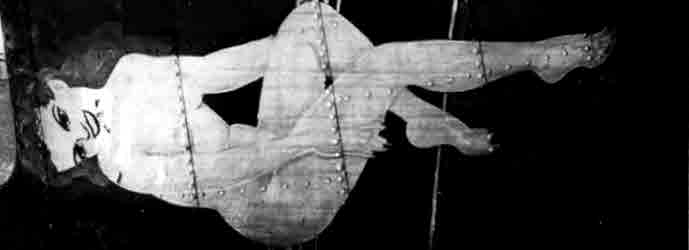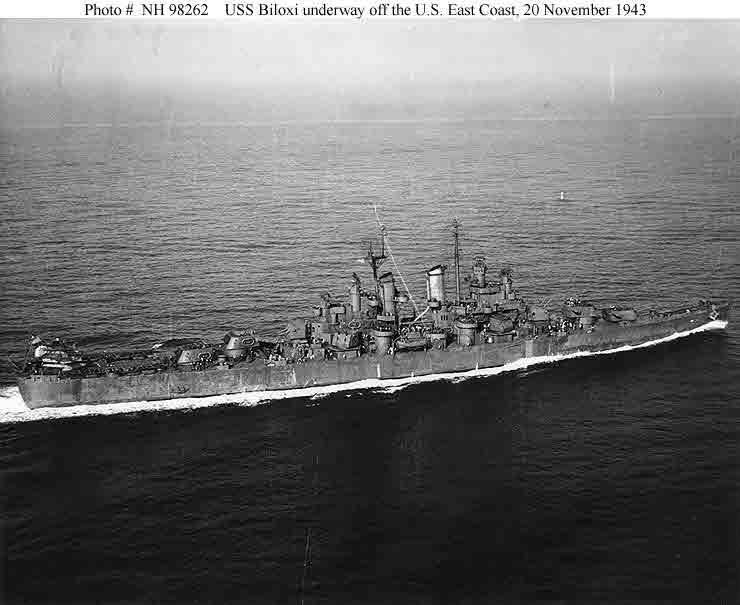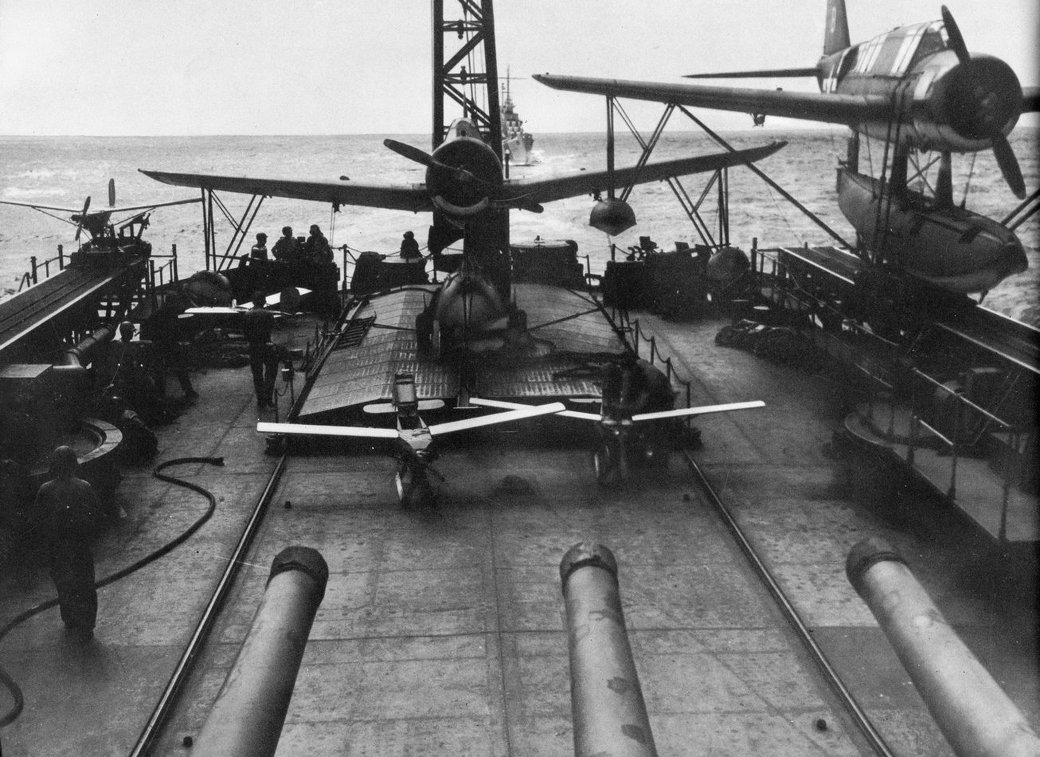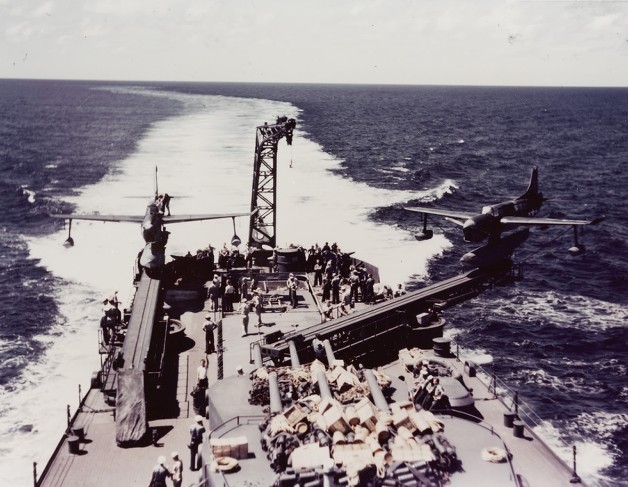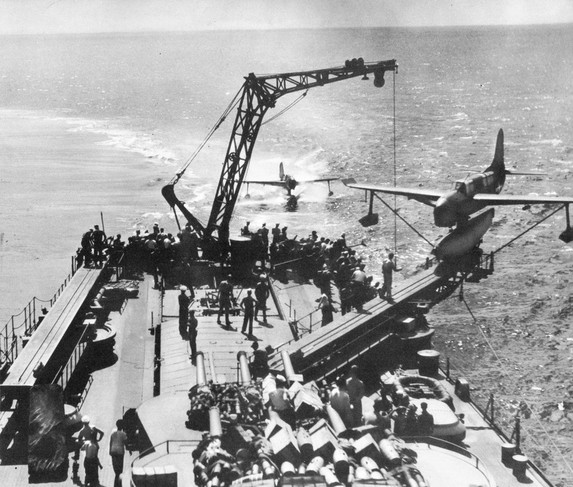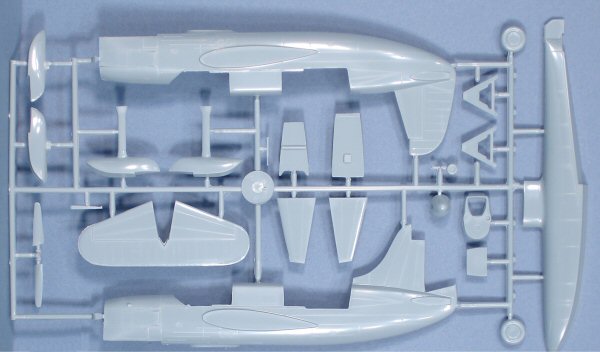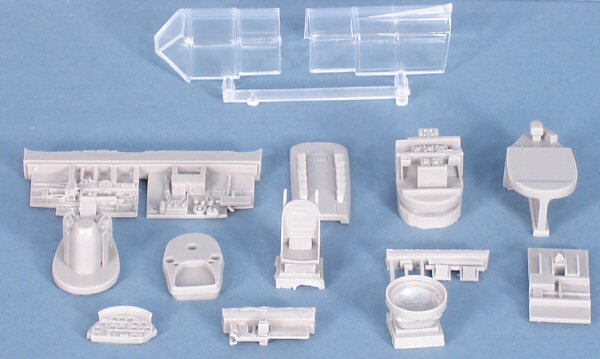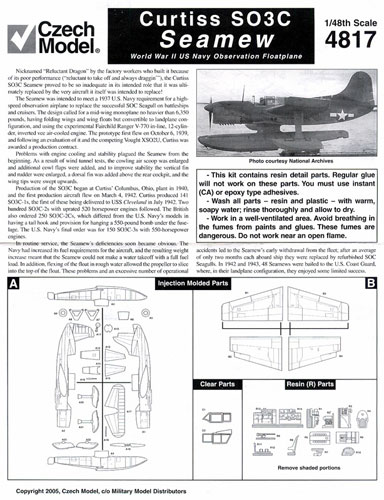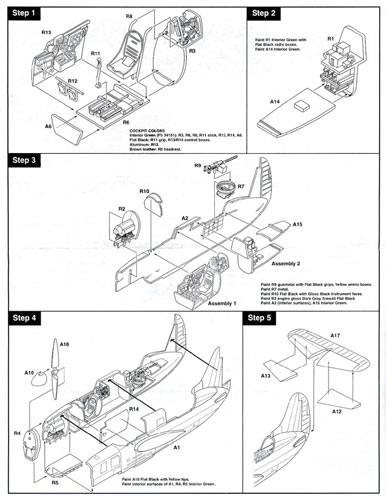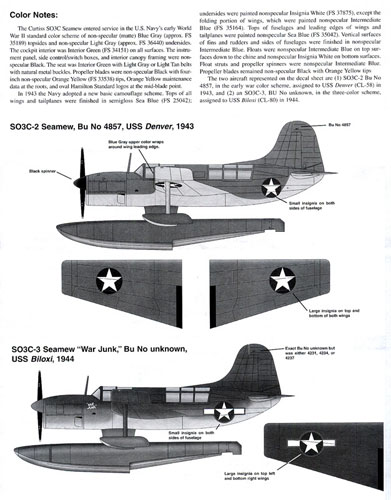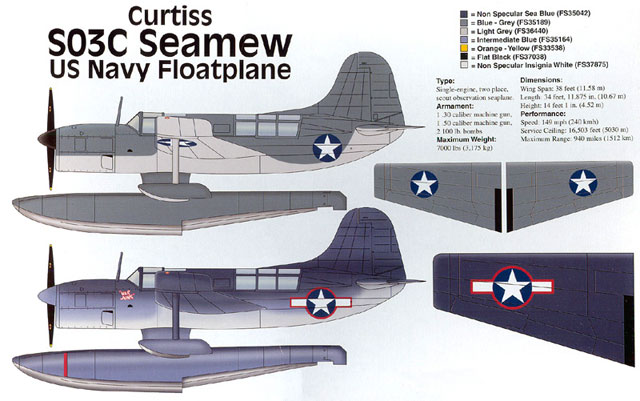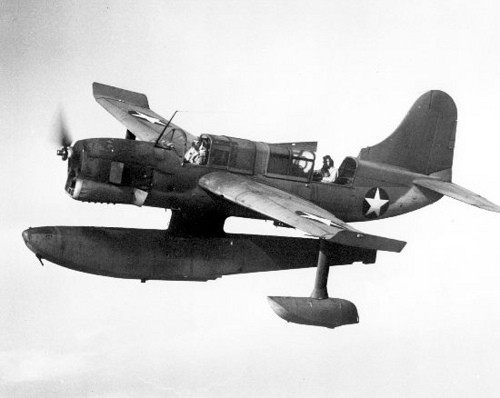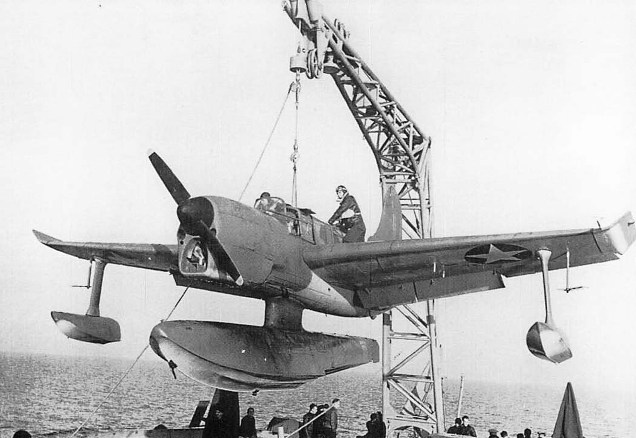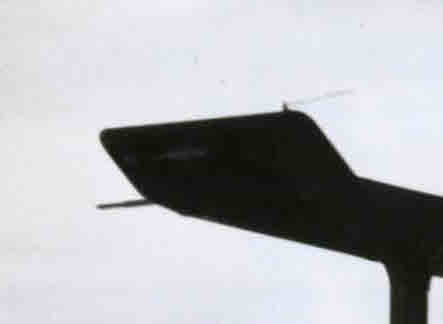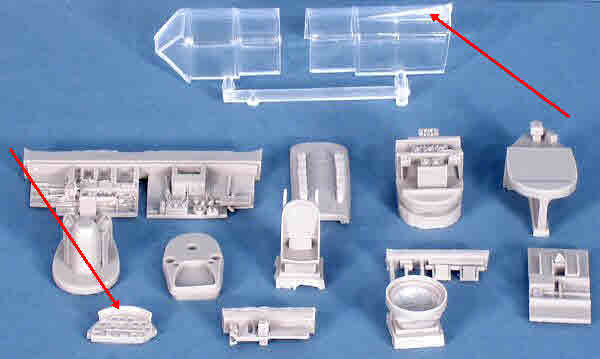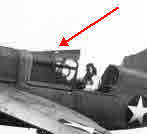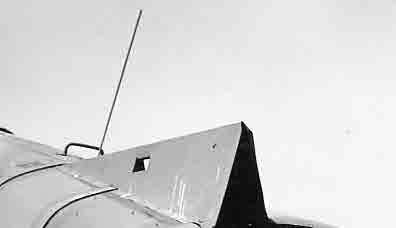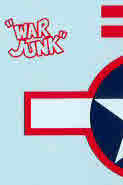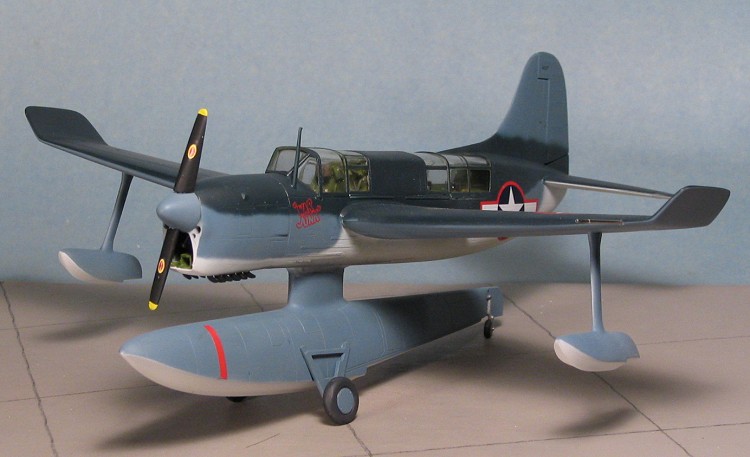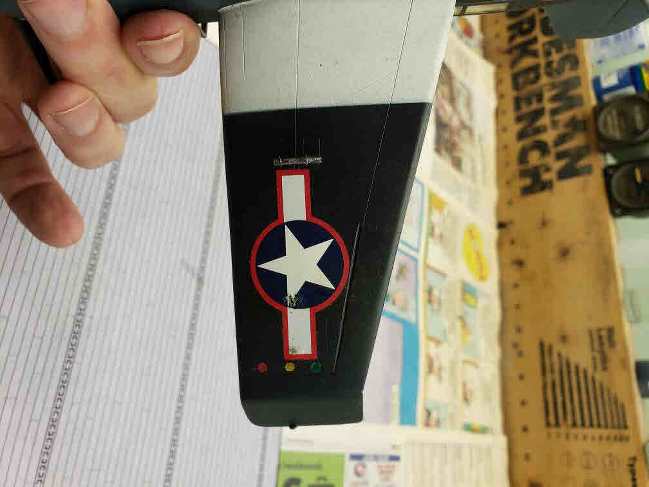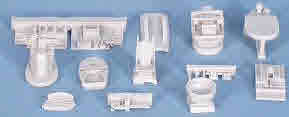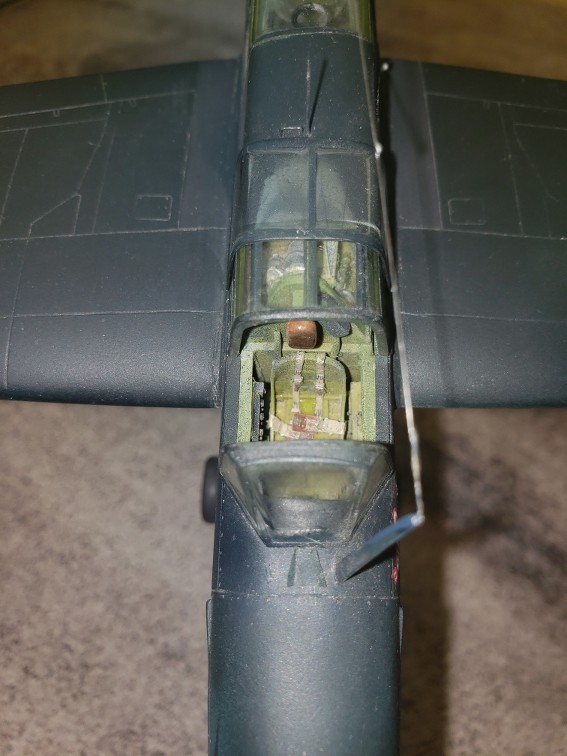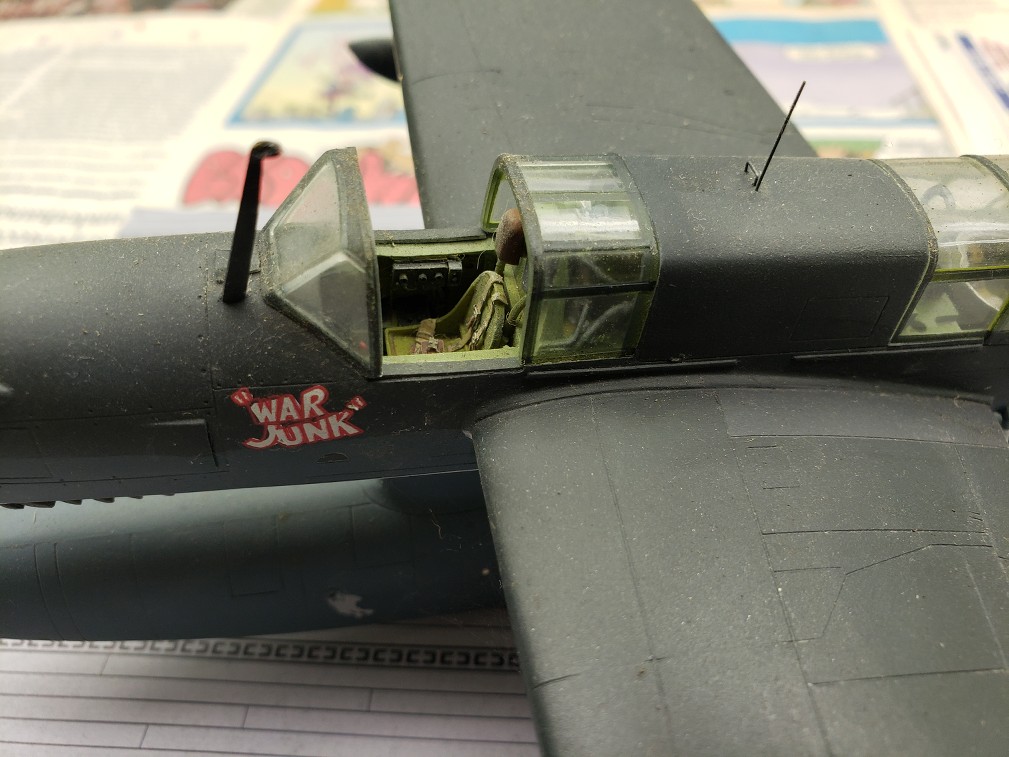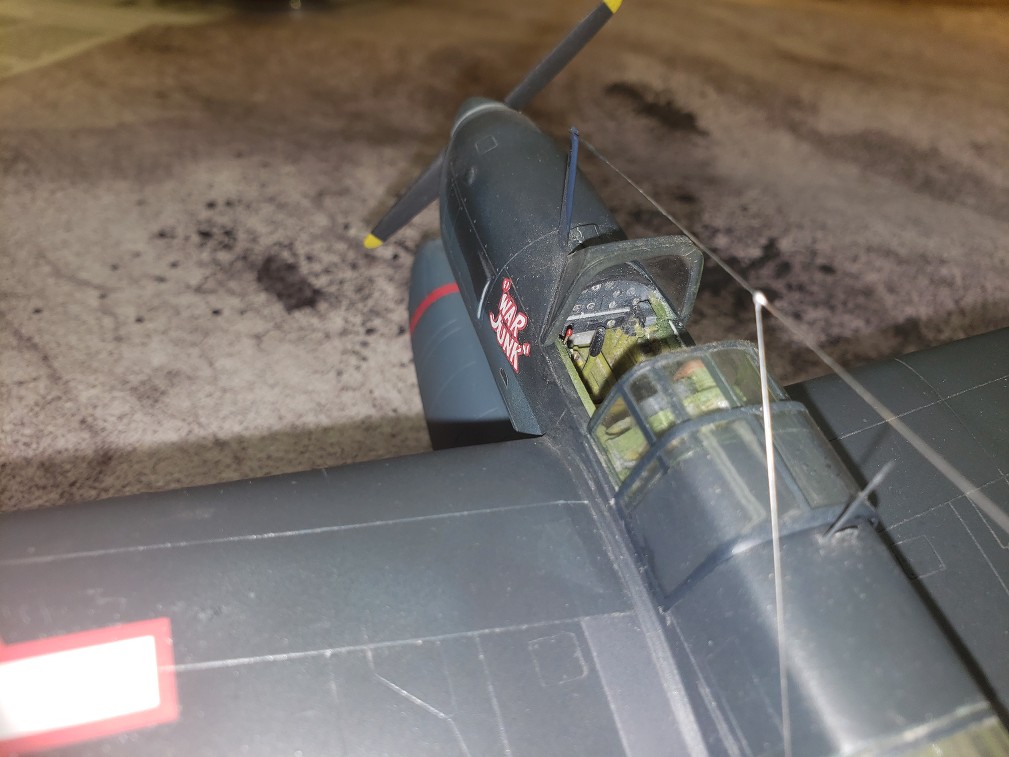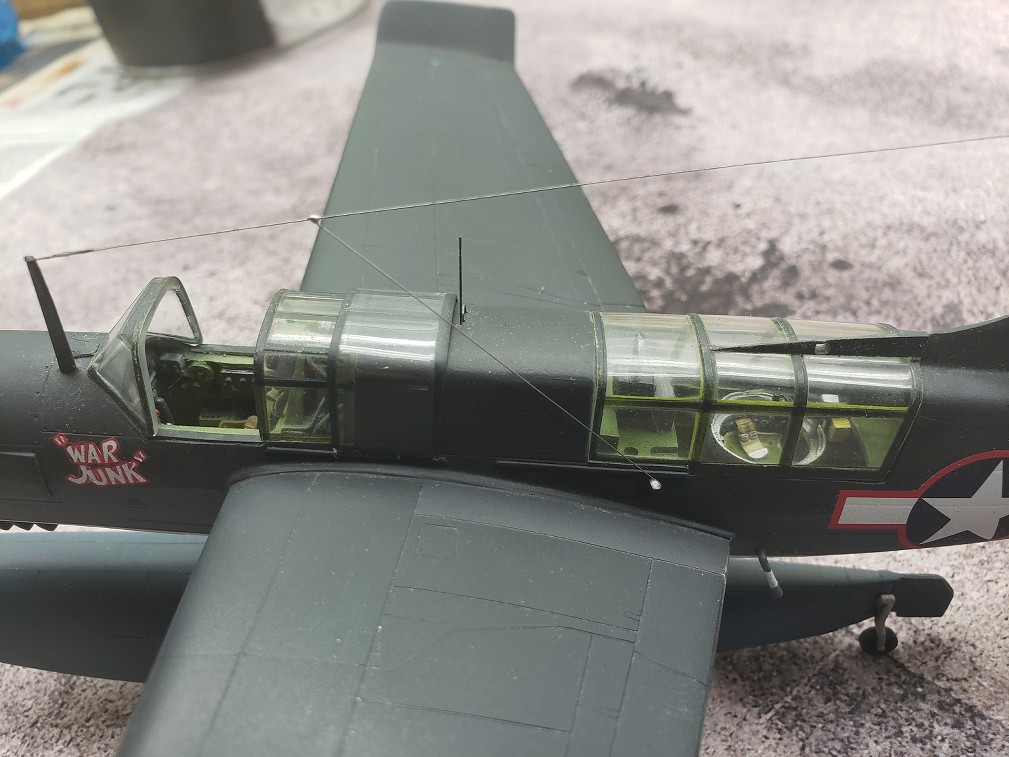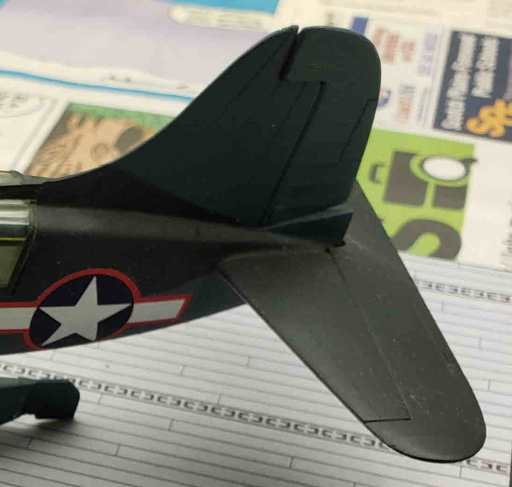As I have told other modeling friends, I love aviation failures such as the Brewster Buffalo. And, when the failure comes from my former employer of two decades, Curtiss-Wright Corporation, the temptation to document it is well nigh irresistible.
So, it was inevitable when the Czech Model 1/48 Curtiss SO3C kit came out in 2005 that I would build it. The Seamew is justly regarded as one of the Company's worst wartime failures, see this video at 6:01 for a taste. For those who prefer the written word, this Wikipedia summary is apt.
Quoted Text
From the time it entered service the SO3C suffered two serious flaws: inflight stability problems and problems with the unique Ranger air-cooled, inverted V-shaped inline engine. The stability problem was mostly resolved with the introduction of upturned wingtips and a larger rear tail surface that extended over the rear observer's cockpit. The additional tail surface was attached to the rear observer's sliding canopy and pilots claimed there were still stability problems when the canopy was open; the canopy was often open because the aircraft's main role was spotting. While the in-flight stability problem was eventually addressed (although not fully solved), the Ranger XV-770 engine proved a dismal failure even after many attempted modifications. Poor flight performance and a poor maintenance record led to the SO3C being withdrawn from US Navy first line units by 1944. The older biplane SOC was taken from stateside training units and restored to first-line service on many US Navy warships until the end of World War II.
When I saw the Czech Model box art, there was no question I had found my modeling subject.
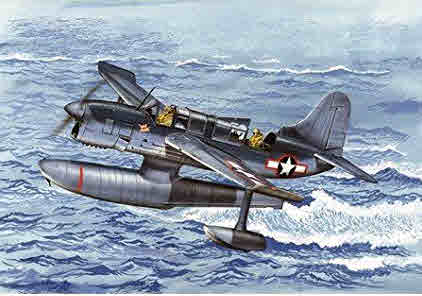
The aircraft had the striking tri-color scheme with wonderful mid-1943 red-bordered national insignia, a red prop warning stripe on the float and last but not least, that magnificent name in red and white under the cockpit - "WAR JUNK".
How I wished I knew who came up with it! And, there was good photographic evidence of the real thing.
In the next installment, I'll discuss the wartime service of "War Junk" and its fantail twin

aboard USS Biloxi (CL-80). Note: I believe we see "War Junk" on the left in the above photo. Look at the "white" lettering below the cockpit.









